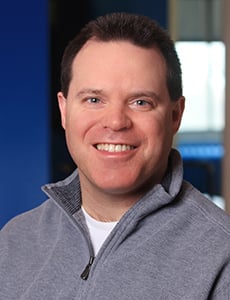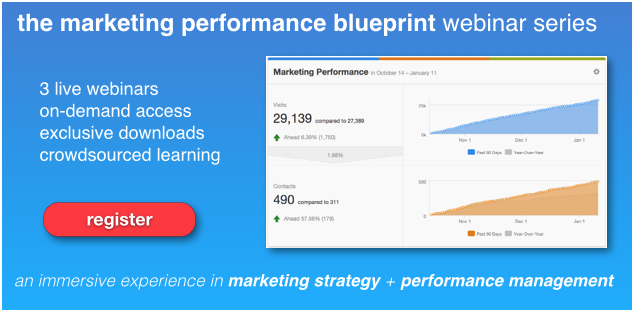 By now you've undoubtedly heard it, especially if you're in marketing. It had to be the most overused statistic of 2014. Can you guess what it is?
By now you've undoubtedly heard it, especially if you're in marketing. It had to be the most overused statistic of 2014. Can you guess what it is?
Yep, you got it. Our attention spans (eight seconds) are now less than that of a goldfish (nine seconds), according to the National Center for Biotechnology Information. Researchers blame the decrease on the increase of external stimulation. Many marketers used the stat and equated the increasing external stimulation with the increasing amount of content we're bombarded with every day.
The stat was used in presentations, webinars, social media, blogs, you name it. I get it. It's attention-getting. I even posted it myself when I first heard it. But, has our attention span shortened because of all the content? Or, do we put out more content because our attention spans have decreased? What's the chicken and what's the egg?
From a marketing perspective, we already know that we're inundating people with messages and content. Some marketers (not all of you who are reading this, of course!) look at the attention spans and draw the conclusion that they need to keep churning out even more marketing messages in order to gain and retain attention.
However, consumers now have a million ways to tune out messages if they don't want to hear them. They don't have time or patience to sit through commercials or wait for something to download.
Consumers Aren't Tuning Everything Out
That said, they don't tune everything out. It's similar to when the Great Recession was starting. All we heard about was how people weren't spending. But, when my wife and I would go to a restaurant, there were plenty of people there. I worked for Cox Communications at the time, and we didn't lose a ton of customers. Some customers cut back on a few of the bells and whistles, but they stayed.
People weren't completely cutting back on spending. They were just being more selective and looking for more value for their dollar. It's the same with marketing. Consumers will tune in for truly relevant, valuable content.
Now that 2015 has set in, how do you make an eight-second attention span irrelevant? Here are three suggestions on how to make sure your content reels in your customers and doesn’t end up swimming circles in a fishbowl.
1. Build and Document Your Content Strategy
How do we break through all the clutter? You’ve probably been hearing or reading it for months, if not longer—it all starts with a documented strategy. See Joe Pulizzi's (@JoePulizzi) article "New B2B Content Marketing Research: Focus on Documenting Your Strategy."
Align your strategy with the company’s overall business goals. Identify your buyer personas and their pain points, and make sure your content speaks directly to them. There are analytics tools available that make it easy track what your buyer personas care about and what earns a response.
This isn't groundbreaking. Make your first 2015 goal to put your strategy in place. Document it. Review it regularly.
2. In 2015, Less is More
Another big trend for 2015 that I've heard multiple times is to focus on less, but more relevant, content. It’s about quality over quantity. Three great posts are more valuable to your customers than 10 so-so posts. In "The Wizard of Moz Talks SEO and Shares Tips for 2015," Rand Fishkin (@randfish) recommends concentrating on attracting the right kind of customer instead of forcing out daily posts. Let that dictate the content you produce and the rate at which it comes out. Make an impact.
Don't worry about length (unless it's Twitter, and you have no choice). If the content is compelling and relevant, people will read it. You can make it easier on them, though, by using bullets, sub-heads, photos, etc.
Reallocate your saved time from creating content to analyzing what content is working best. Look for opportunities to improve your conversion to make your top-performing content work even better for you.
3. Don't Forget Your Hook
Finally, make sure your headlines are eye-catching and interesting. Spend as much time as you need to create titles that will stop readers in their tracks and hook them in.
As Jay Baer (@jaybaer) says in his book, Youtility (and in articles and presentations), "Your company is literally competing for attention in social media and email against your customers’ and prospects’ closest friends and family members." Give them a reason to pay attention to you. Just make sure you deliver once they do. Do it consistently and your audience will be hooked.
Image Source: Flickr Creative Commons photo by James Demetrie

%20Logo_BlueOrange_Trademark.png?width=800&height=269&name=Ready%20North%20(RN)%20Logo_BlueOrange_Trademark.png)




.jpg?width=300&name=Services%20Hub%203%20(3).jpg)



COMMENTS